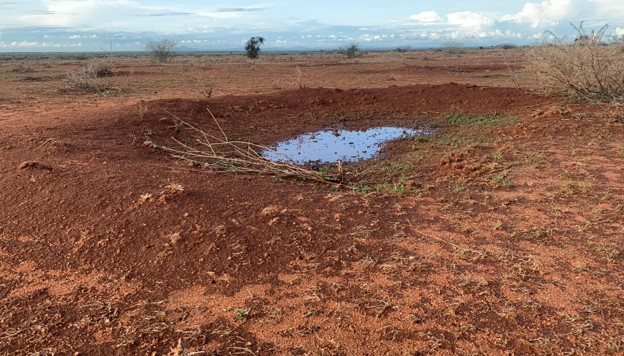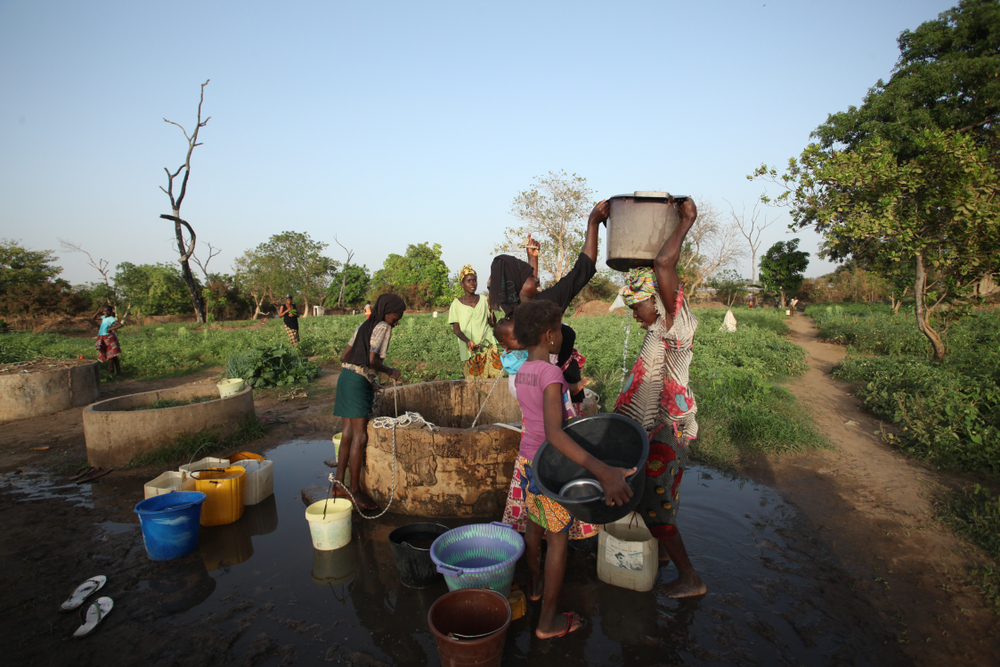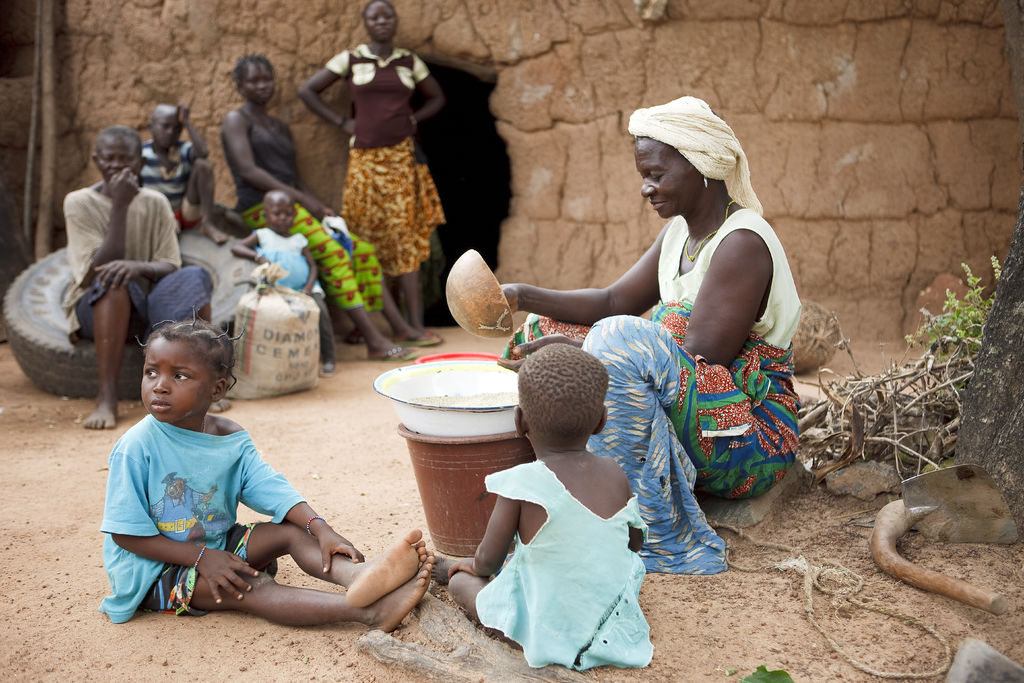Text Sarah-Maria Scheid
How do greening projects affect climate change in Africa? This is the topic of PhD candidate Jessica Ruijsch. The results are surprising, she says. ‘In some regions, vegetation contributes to cooling, while in others it causes warming.’
Many initiatives, such as land restoration projects, seek to increase vegetation cover to mitigate climate change. Increased vegetation helps to sequester carbon and restore ecosystems. The more carbon that is sequestered, the fewer greenhouse gases are in the atmosphere, helping to reduce the greenhouse effect.
Jessica Ruijsch is now in the middle of her PhD. So far, she has analysed where land restoration has led to greening in Africa. ‘I used satellite images to create a map of small-scale greening hotspots in Africa and compared this with a database of existing projects’, she explaines. Nevertheless, a lack of existing databases on land restoration complicated her research. She then analysed where land restoration projects in Africa had led to cooling and where it caused warming. She found out that about 2.1 percent of Africa, 40,000 km², is experiencing local greening, mainly in semi-arid areas. She published her findings in Environmental Research Letters.
Dark
In her current research, Ruijsch analyses where land restoration has led to cooling and where it has led to warming. To this end, she studies biophysical climate effects: changes in the physical properties of the surface. ‘These changes have a more direct and local effect on the climate than, for example, CO2 storage.’
‘The vegetation cover can influence multiple variables such as evaporation or albedo and therefore affect the local climate,’ she says. The albedo represents the amount of reflected solar radiation by the earth’s surface. A darker surface absorbs light (lower albedo) and is usually warmer, and a lighter surface reflects light (high albedo) and is colder. ‘A vegetation cover appears dark on a satellite image. So, a darker surface can cause warming. On the other hand, evaporation of the vegetation can cause cooling, and vegetation helps with carbon sequestration,’ she explained. Little research has been done on how and if land restoration can be used for this.
Surprising results
‘One thing that surprised me was that the relations between the vegetation and the temperature varied quite substantially per location. In some places, more vegetation can lead to a cooler environment, while in other places, it can lead to a warmer environment’, she stresses. ‘Evaporation and albedo play a part, but what part and with what effect, is not yet known.’
Ruijsch intends to use atmospheric modelling to look more closely at the underlying relationships and also to study variables that are difficult to observe from satellite images, such as precipitation and evaporation. She hopes that her research will provide some insights for policymakers and projects on where land restoration could have a positive or negative impact on the local climate, which is important information as many large-scale land restoration projects are planned.

 A ‘soil bund’ near Amboseli National Park in Kenya. This rainwater basin improves the soil humidity and prevents soil erosion. This helps grass sprout, which ultimately restores vegetation in the area. Photo Ishani Sonak
A ‘soil bund’ near Amboseli National Park in Kenya. This rainwater basin improves the soil humidity and prevents soil erosion. This helps grass sprout, which ultimately restores vegetation in the area. Photo Ishani Sonak 

